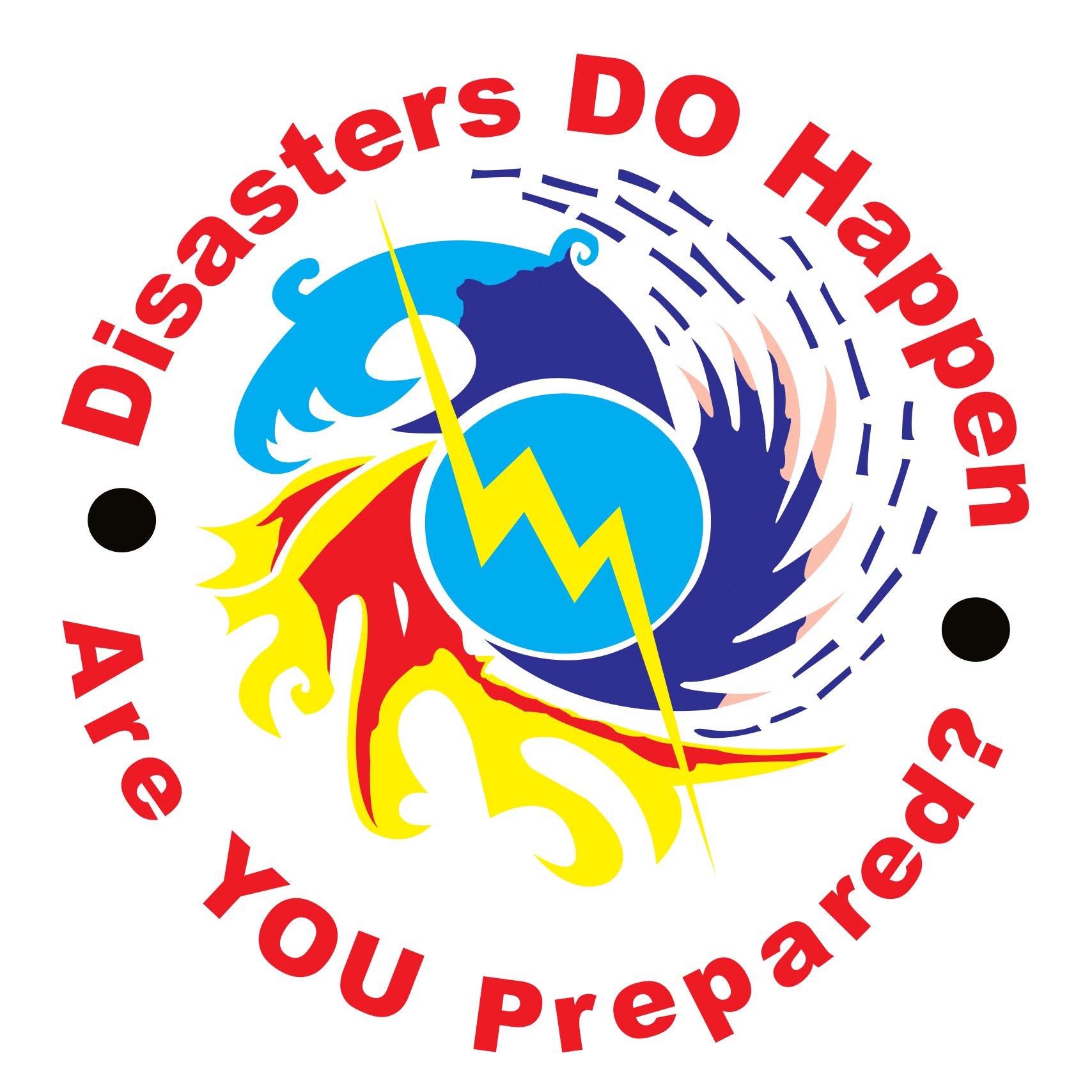Cayman: National Security Council discusses disaster management following earthquake

At a special meeting of the National Security Council on Tuesday 4 February, chaired by HE The Governor, Cayman’s capability to deal with sudden onset disasters was discussed, following the earthquake that struck the territory on 28 January.
The Council was briefed by Danielle Coleman, the Director of Hazard Management Cayman Islands (HMCI), on the Government’s response to the earthquake and subsequent tsunami warning. The problem of traffic congestion following the event was highlighted as well as the challenges of providing effective, early emergency notifications to the public.
The Council endorsed the work that has been undertaken by HMCI in collaboration with the Governor’s Office, the Department of Public Safety Communications, the ICTA and other key agencies to implement Phase II of the National Emergency Notification System (NENS).
After a fire at the SOL fuel storage facility in July 2017 and the subsequent alert of a potential tsunami threat following an earthquake north of Honduras in January 2018, it was apparent that the mechanisms relied upon historically to alert the public, like press releases, radio and TV advisories were not adequate in sudden onset situations. Shortly thereafter, swift action was taken by the Government to make provisions in the Disaster Preparedness and Hazard Management Law (2019 Revision) for the establishment of the National Emergency Notification System (NENS) and funding was committed for the implementation of Phase I.
With the Phase I technology already in place, HMCI successfully interrupted all radio station broadcasts to alert the public to the earthquake and to advise that hazardous tsunami waves were possible for the Cayman Islands within two minutes of receiving the official Pacific Tsunami Warning Centre notification. The message also included instructions to safeguard the public.
Phase II will broaden the number of communication channels available to disseminate emergency messages in order to reach the maximum number of individuals at once. This involves investment in a centralised message distribution system including the creation of a new mobile alert application. Once complete, the public will be able to download the app free of charge and receive real time emergency notifications directly to their phones. Phase II will also enable simultaneous warning messages to be delivered via SMS, emails and social media. The project is due to be implemented in the next three months.
The Council also agreed further work to a major step-up in our public information programme run by HMCI. Specifically this work will be aimed at providing additional advice to the public on how to prepare for and react to earthquakes and tsunami warnings.
HMCI has expanded the existing school’s hazard awareness program to include teachers and principals so they are fully aware of the appropriate response and safety procedures. There has been a dramatic increase in requests from both the private and public sector entities for awareness sessions. A regional tsunami exercise is scheduled for March, which will test both the national mechanism and provide opportunities for broad community participation.
Lessons learned from both the earthquake on 28 January, the upcoming tsunami exercise and the process of debriefing the clusters with operational responsibilities in the National Emergency Operations Centre will provide opportunities to identify gaps and strengthen the overall response mechanism. Finally, HMCI will shortly embark on a campaign with Government Information Services to provide visual materials such as wall posters with clear instructions on what to do before, during and after earthquakes and tsunamis. These will be posted on classroom walls and in key locations such as hospitals and civic centres.





